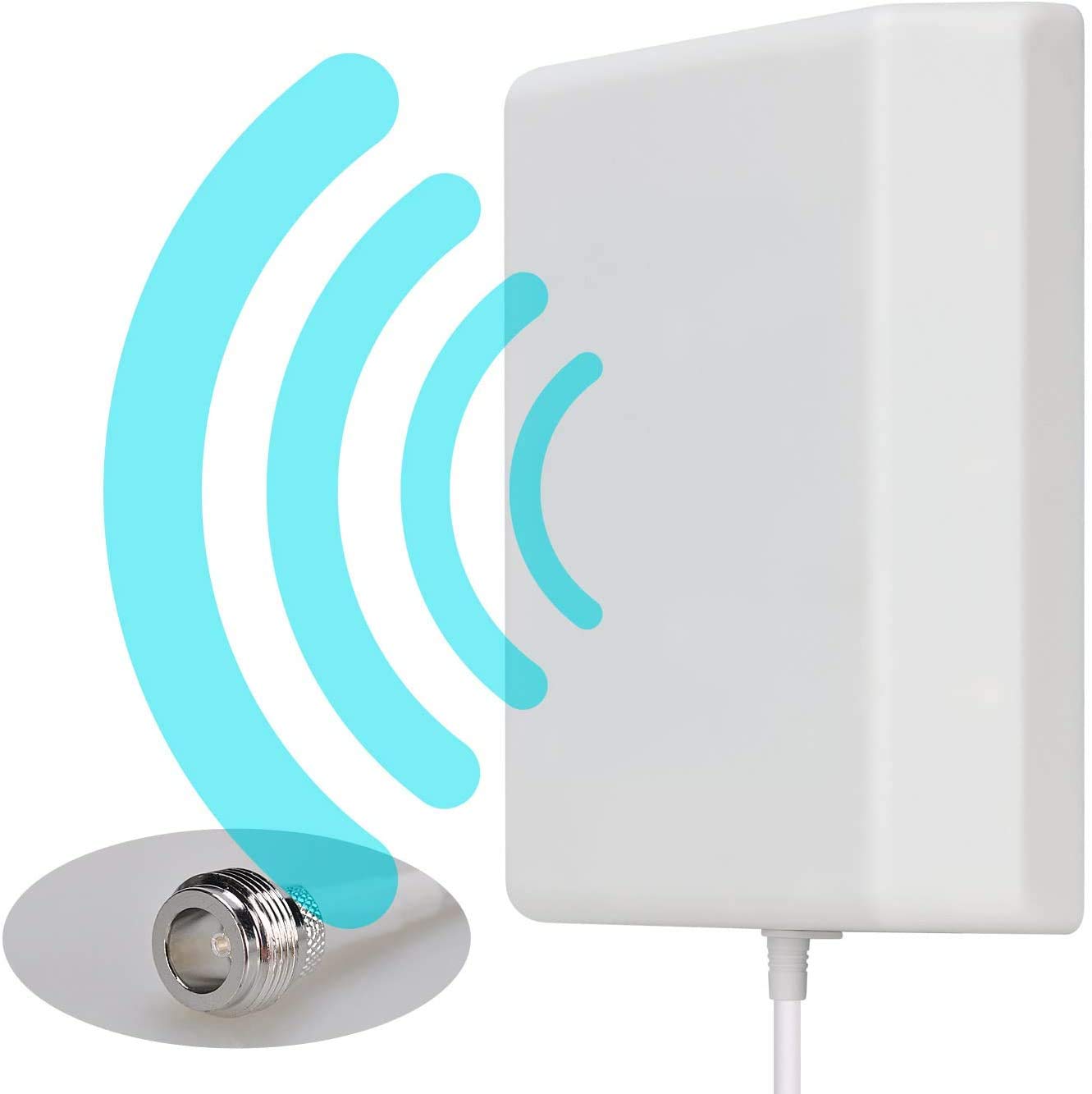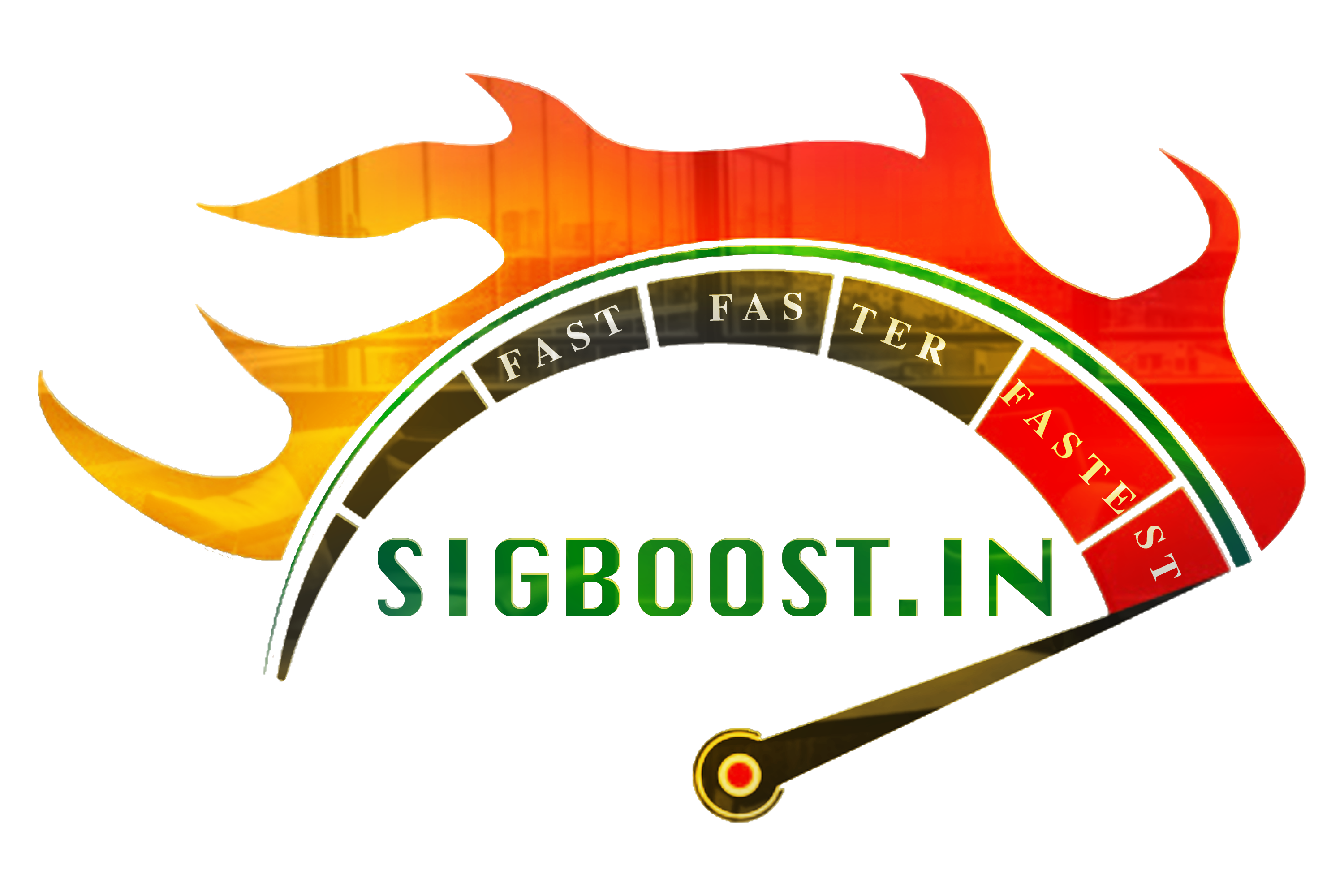
Repeater
The amplifier (also known as cellular repeater) is the second major component of a cell signal booster. Once poor signal is pulled in from the outside antenna, it is sent to the amplifier for boosting. Depending on the quality of your outside signal and the type of amplifier purchased, most home amplifiers range from 500 to 7,000 sq ft of coverage. All amplifiers are measured by dB (decibel) output. In short, cellular frequency are radio waves that operate within a certain standard in the radio spectrum. For cell phone signal, that signal level is -50 dB to -120 dB. In “bar” talk, -50 dB is full bars and -120 dB is a dead zone. What an amplifier does is potentially increase your dB reading closer to -50 dB. To find out how to read dB on your phone, check out our guide on finding the best way to read signal strength on your phone. A good home amplifier should have at least +60 dB gain. The most powerful units top out at +70 dB gain. A good car amplifier should have at least +25 dB with the best units topping out at +50 dB. It’s important to note that the amplifier can boost signal up to its dB value, but does not guarantee an instant boost to that dB number. Because many factors are involved such as distance from the cell tower, outside interference, inside interference, building material, etc. which can affect results. Hence why it’s very important to find your dB reading first and talking to a certified signal boost expert to get desired and realistic results.
Outside Antenna
Outside antennas broadly fall into two categories: omni-directional, and uni-directional. Within the uni-directional category are several more: yagi, and log periodic. These come in two types: 50 Ohm or 75 Ohm. One of the hardest things about choosing a signal booster can be knowing which type of antenna is right for your situation, so let’s start with ironing out the differences between these various types. You need them to capture and transmit signal. An outside antenna specifically is your gateway to 5G, 4G LTE, and 3G cellular, digital, or WiFi signal reaching you in your home, vehicle, or place of business. Cell phone signal boosters make use of these to grab outside signal in order to amplify and rebroadcast it. A signal booster kit has three core components: 1) An Outside Antenna to capture weak signal 2) An Amplifier to boost this weak signal 3) An Inside Antenna to broadcast the enhanced signal within a closed space. What you may not know is that the power of the antennas can sometimes dramatically affect the power of the signal you end up bringing to the amplifier to boost. Thus, a more powerful outside antenna set up correctly can dramatically increase the performance of your kit.


Inside Antenna
Premium quality Wide Band Dome Ceiling Antenna (50 Ohm) is an in-building antenna that works in omnidirectional 360 pattern for all international cellular and wifi bands for voice and 4G data with all carriers. It is ideal for providing enhanced signal coverage to all 2G, 3G, 4G, LTE cell bands as well as 2.4 GHz WiFi band. It is typically installed centrally in large rooms or areas. This is our premium signal booster custom lot # 7 inventory item: Wide Band Dome Ceiling Antenna (50 Ohm) for 2G, 3G, 4G LTE (N-Female) with UPC 682962480405. This High Performance Ceiling Antenna works on 50 Ohm impedance. It provides omnidirectional coverage in a pattern that has been optimized for in-building use. It can be used with 50 Ohm cell phone boosters for 2G, 3G, 4G and LTE. It provides a broadband gain of up to 5dBi. Antenna is compatible with all brands of 50 Ohm cell phone repeater and booster systems including Uniden, Hiboost, SureCall and Wilson weBoost. It supports all carrier signals including those for Sprint, AT&T, Telus, T-Mobile, Bell Canada, Verizon, DigiCel, Rogers and many more. It can be used indoors in offices or homes. The sleek white radome blends in with most commercial and home ceilings and can be mounted directly in a suspended ceiling tile through a small hole, thus eliminating the need for a backing plate or ground plane. The antenna can also be used outdoors as long as it is mounted in a dry location. Antenna lead is 12 inches long and is terminated with an N Female connector (50 Ohm). Typically uses include 50 Ohm signal splitters and coaxial cables
